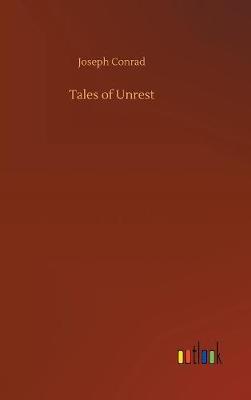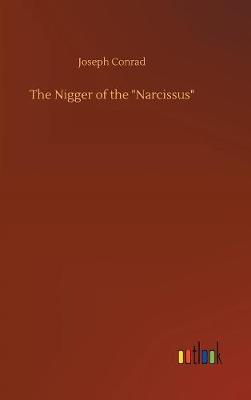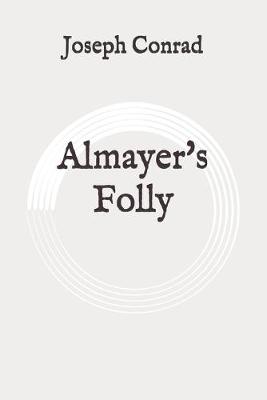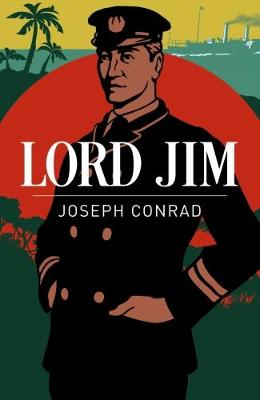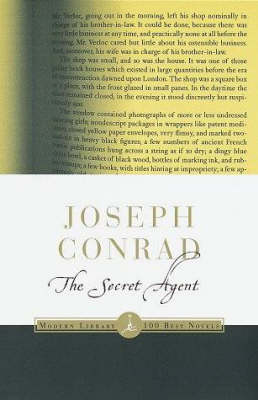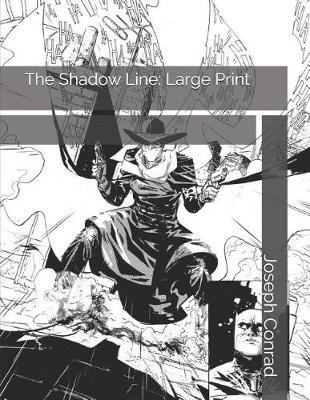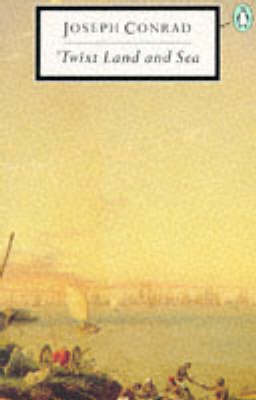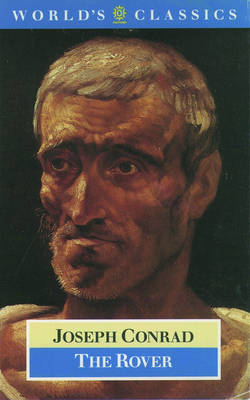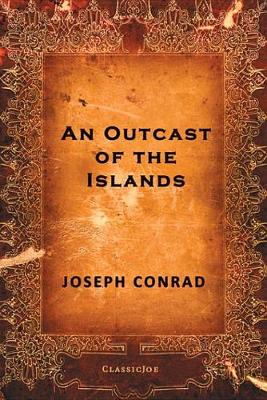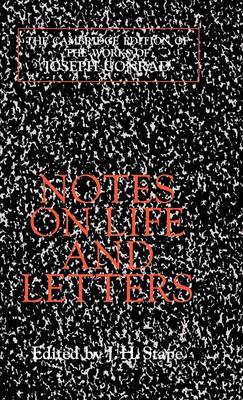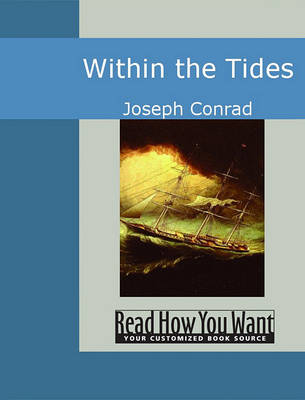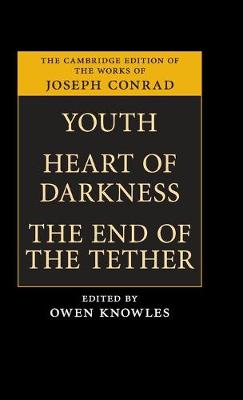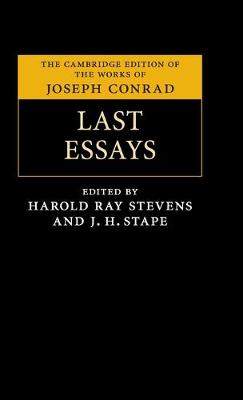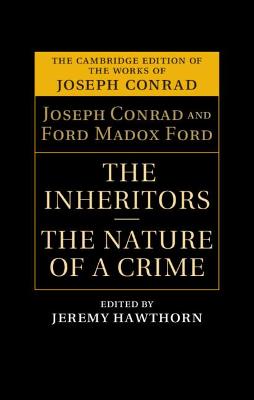The Cambridge Edition of the Works of Joseph Conrad
18 total works
"Backgrounds and Sources" begins with Conrad's "Preface," which originally appeared as an afterword in the fifth magazine installment of the novel but was suppressed in the early book editions. The "Preface" is accompanied by a Textual History and Textual Notes prepared by Thomas Lavoie, and a critical essay by Ian Watt.
Also provided are Conrad's preface "To my American Readers" (1914) as well as extracts from letters and essays in which Conrad comments on the ship and the story, and biographical pieces by Edward Garnett (Conrad's informal literary agent and advisor) and G. Jean-Aubry (his first formal biographer). The section closes with an essay by Gerald Morgan, written for this edition, about the actual ship Narcissus and Conrad's connection to her.
"Contemporary Reviews" is followed by critical essays (some written especially for this edition) by Albert Guerard, Ian Watt, Norris W. Yates, Gerald Morgan, Donald T. Torchiana, John E. Saveson, Sanford Pinsker, Robert Foulke, William W. Bonney, John Howard Weston, Paul L. Wiley, and Eugene B. Redmond
Originally published in 1904, Nostromo is considered by many to be Conrad's supreme achievement. Set in the imaginary South American republic of Costaguana, the novel reveals the effects of unbridled greed and imperialist interests on many different lives. V.S. Pritchett wrote, "Nostromo is the most strikingly modern of Conrad's novels. It is pervaded by a profound, even morbid sense of insecurity which is the very spirit of our age."
Set in Provence in the waning years of the French Revolution, the book centres on the experiences of Peyrol, an exile who is drawn into the lives of the inhabitants of a remote farm, and sets out on a voyage that gives shape and coherence to his life.

